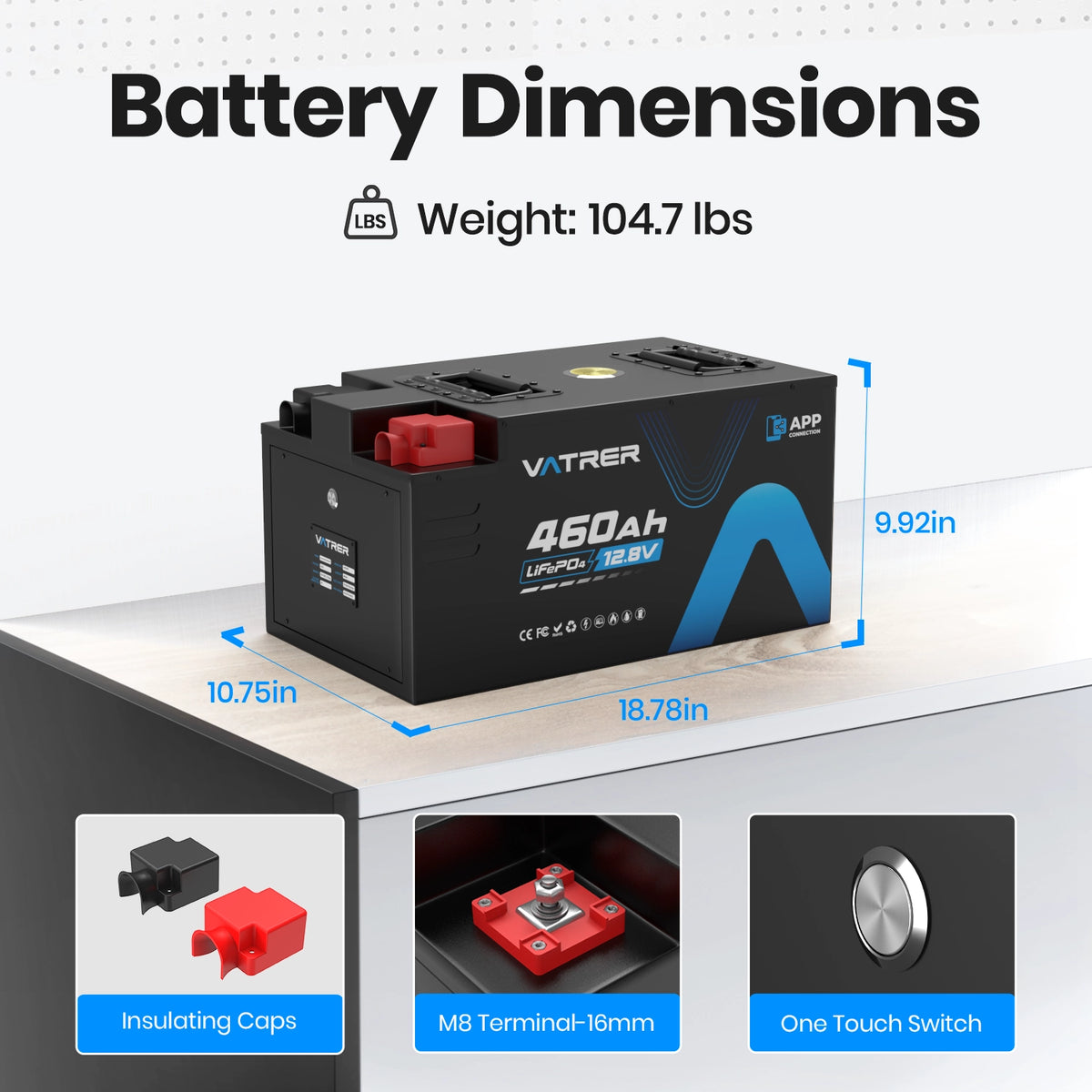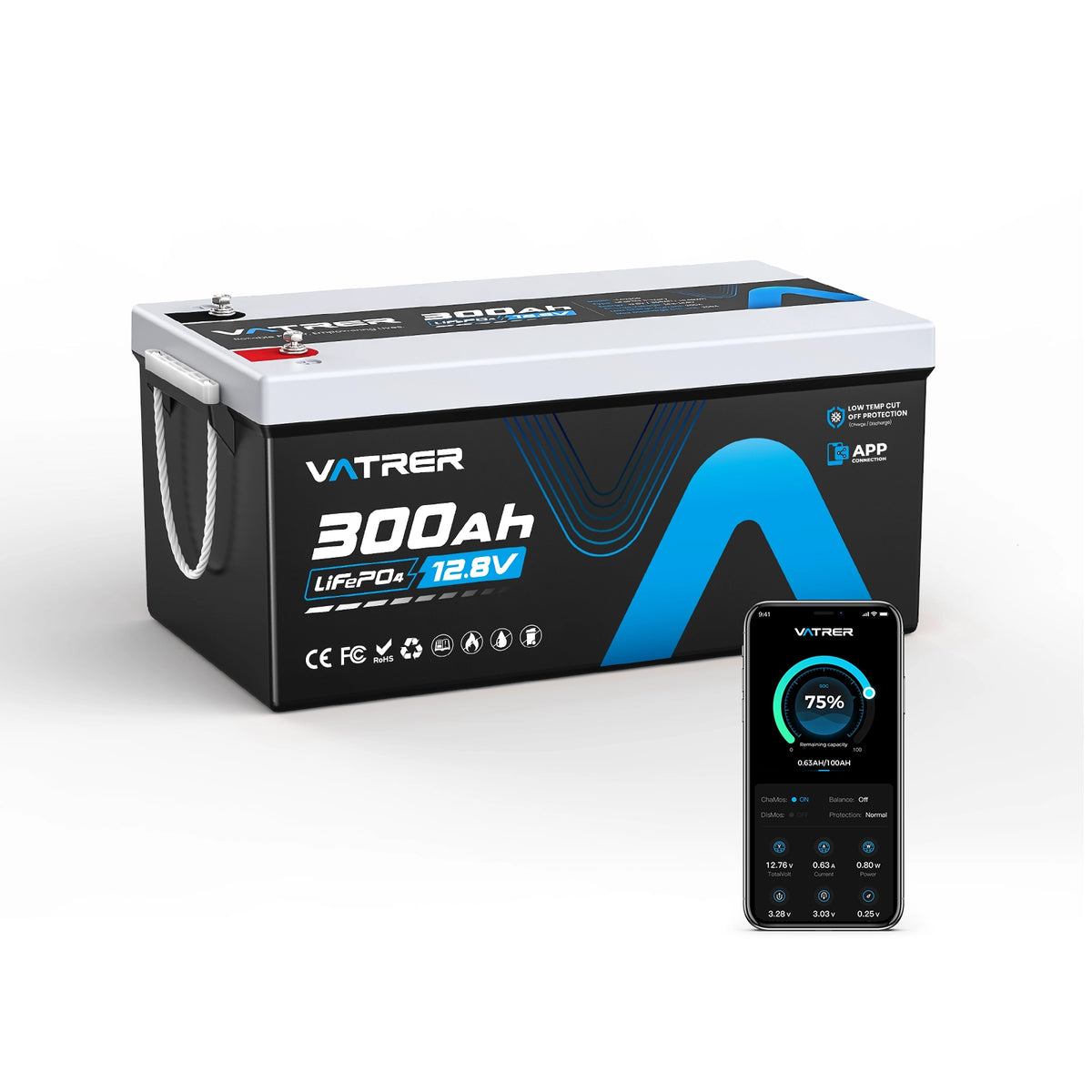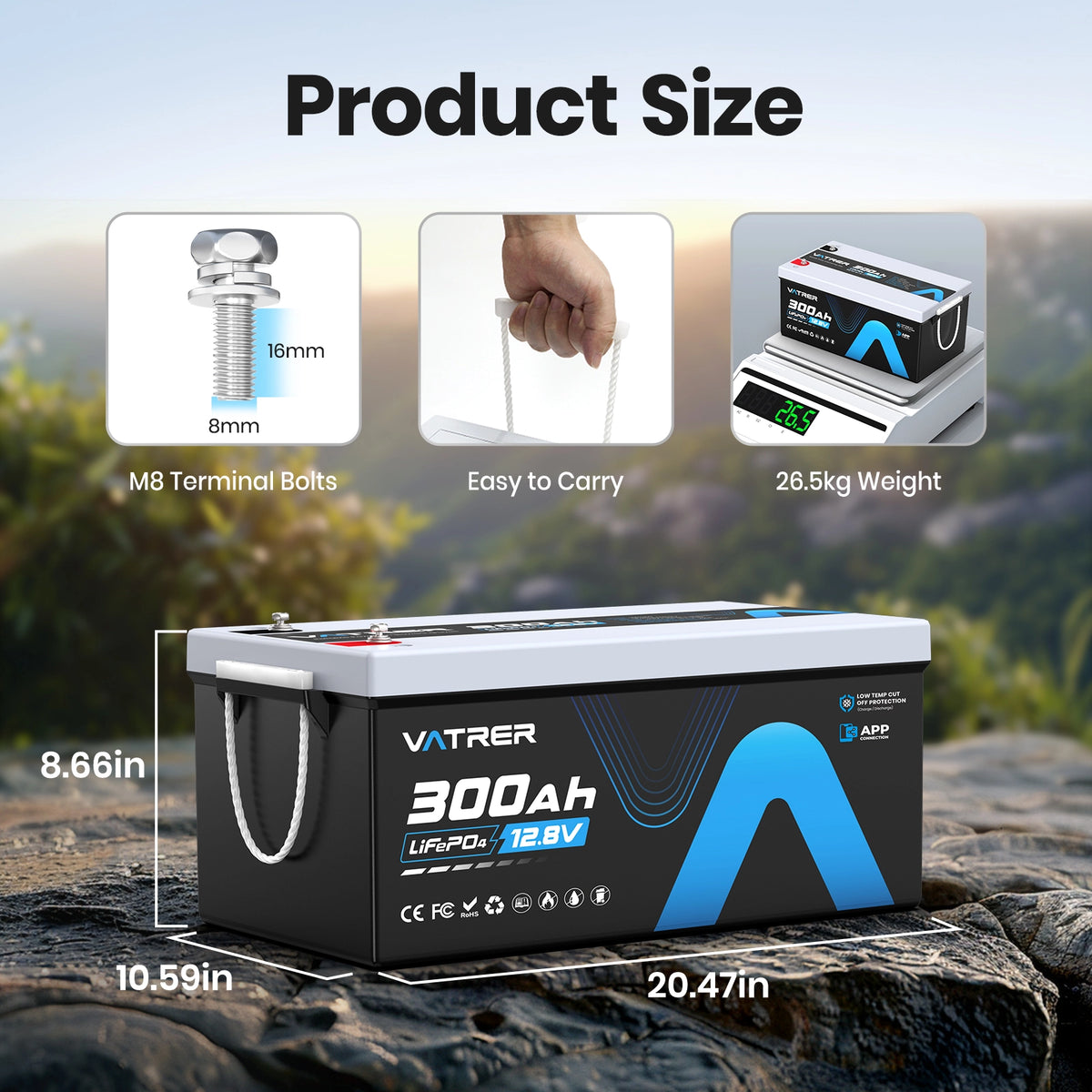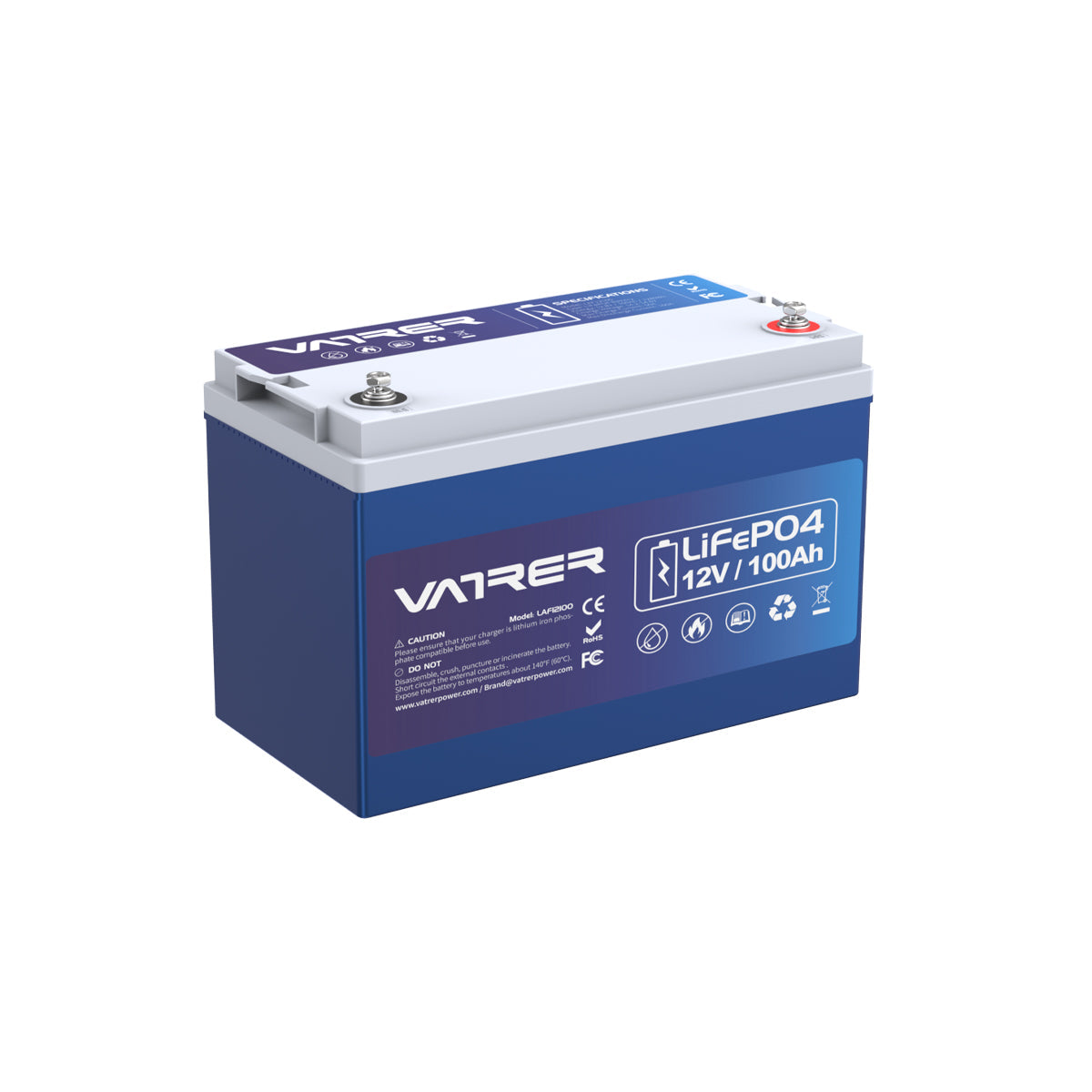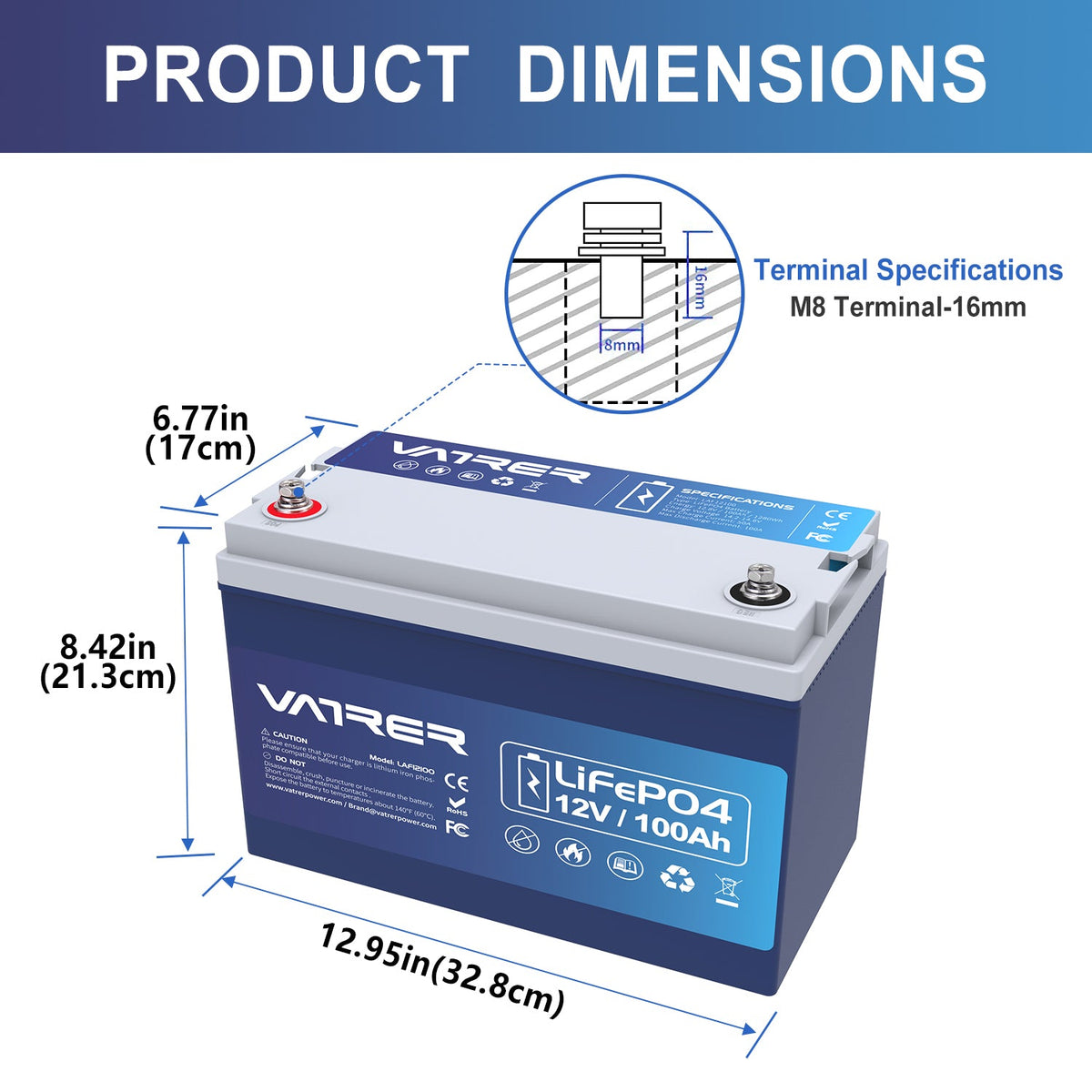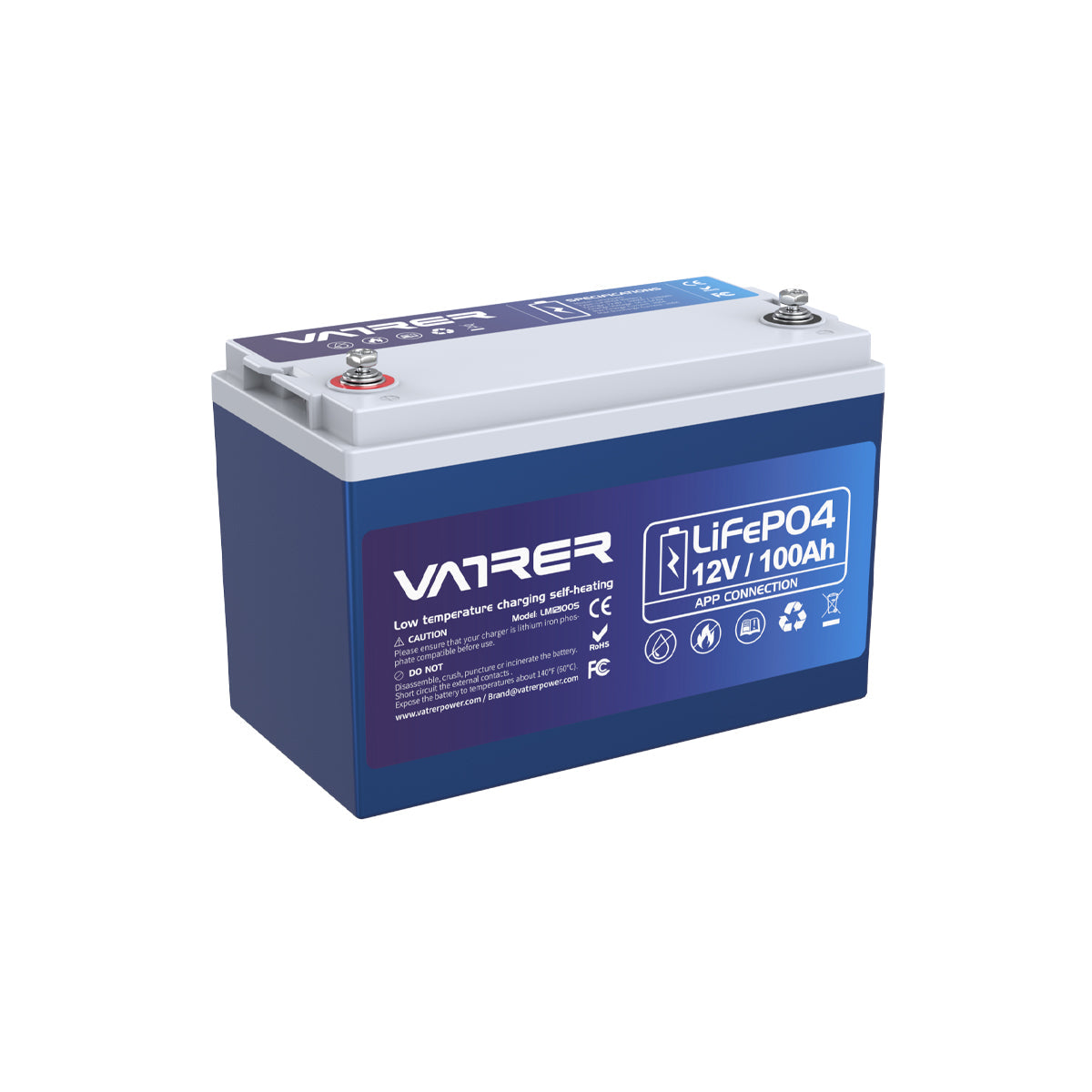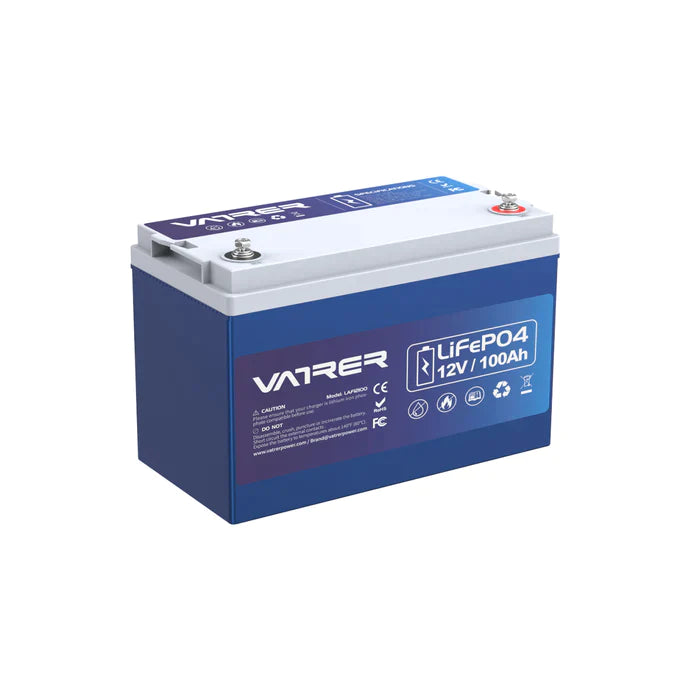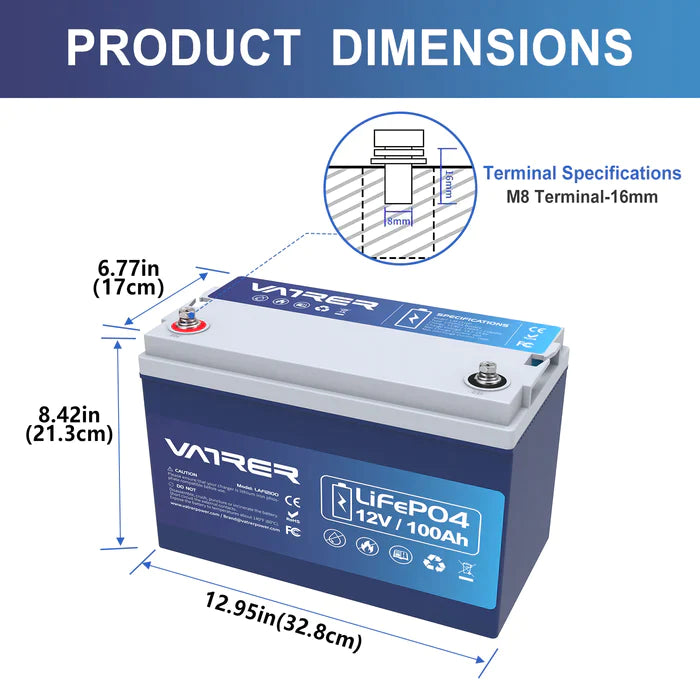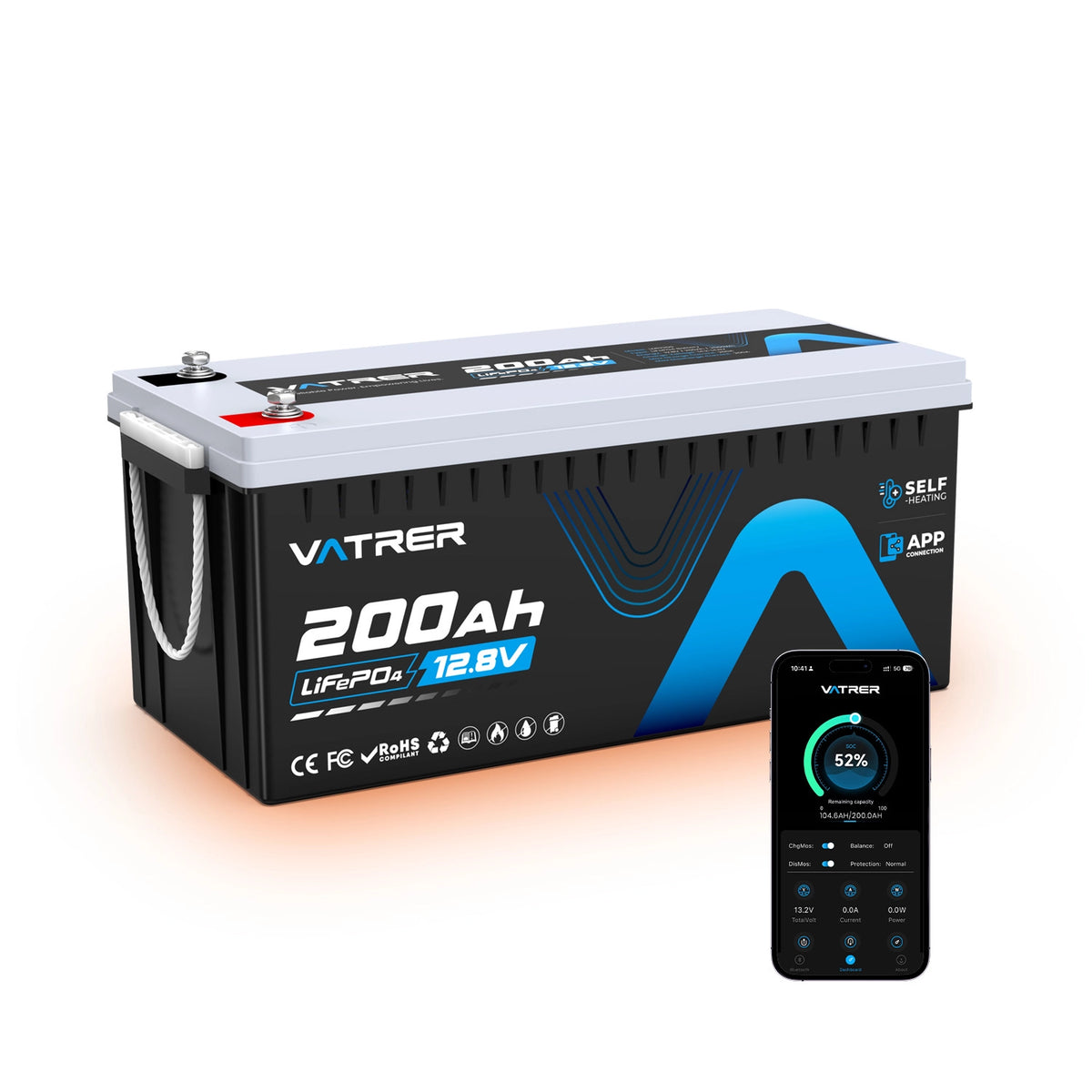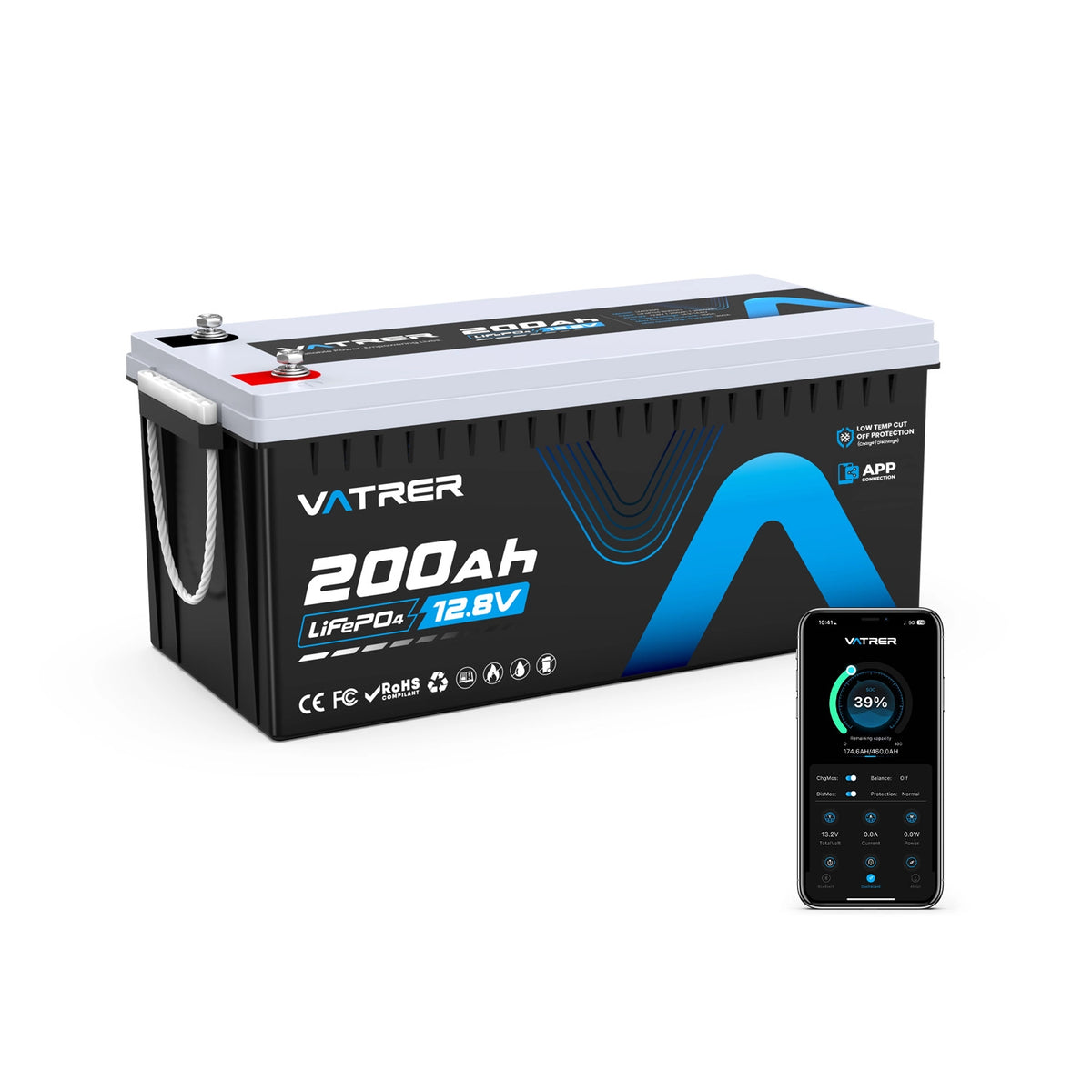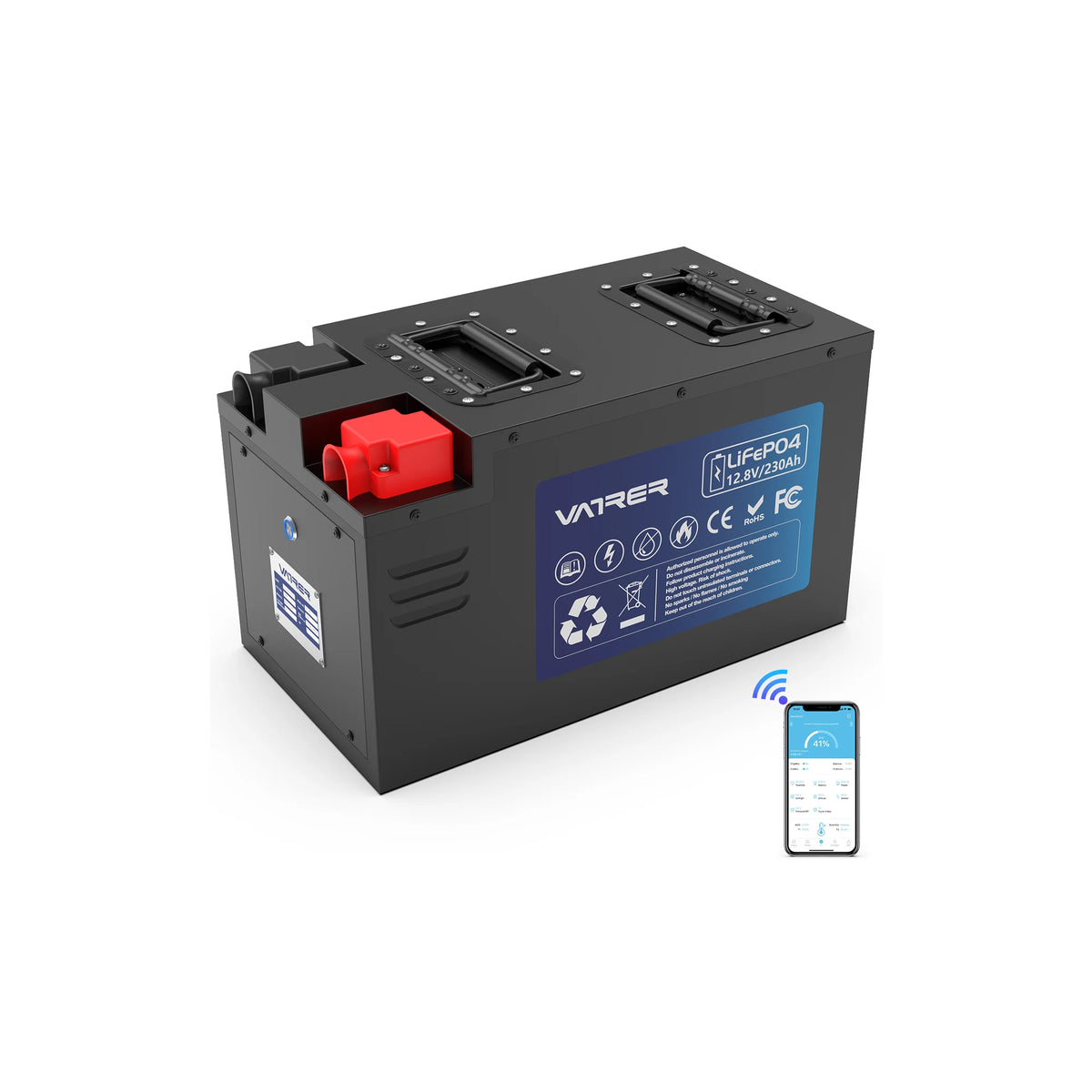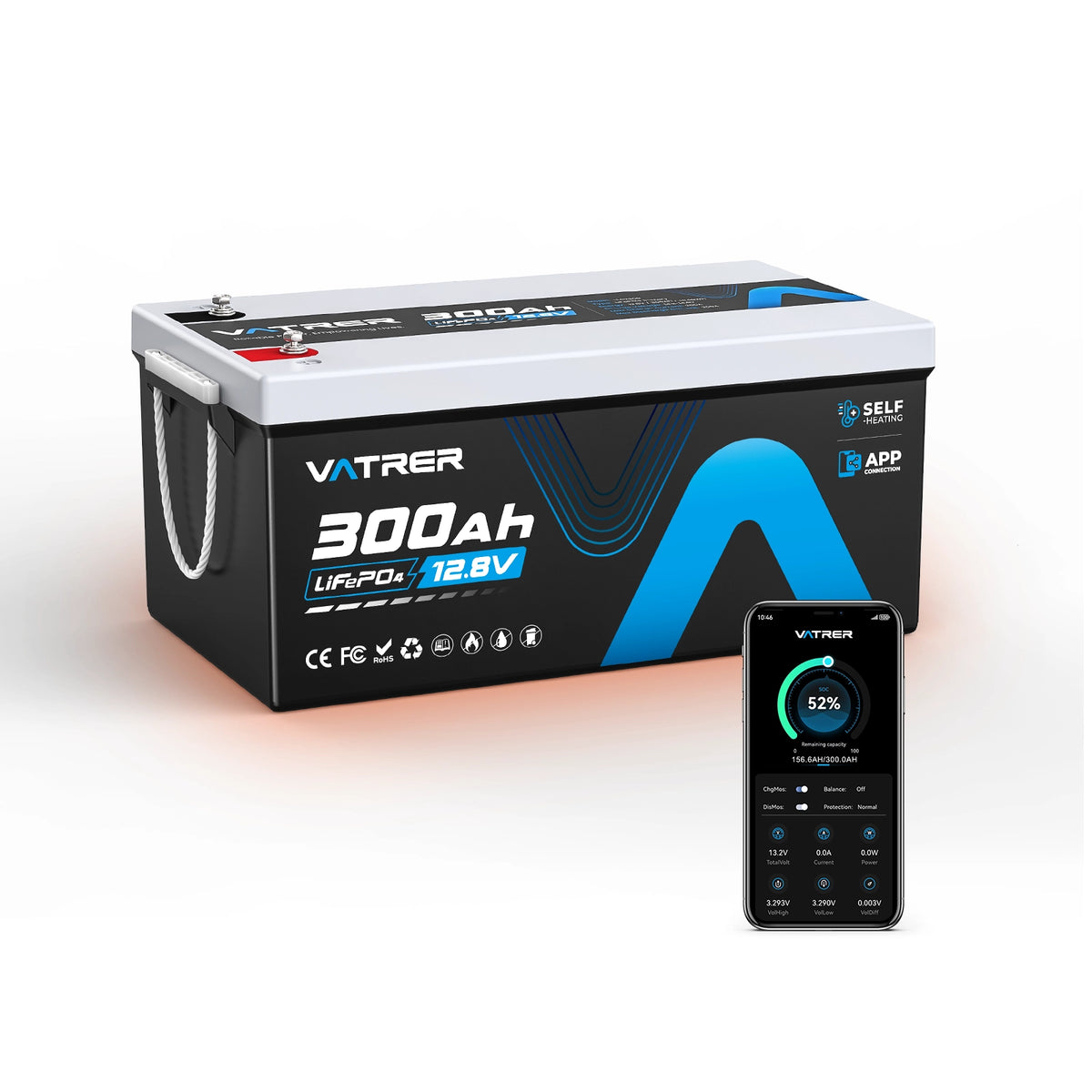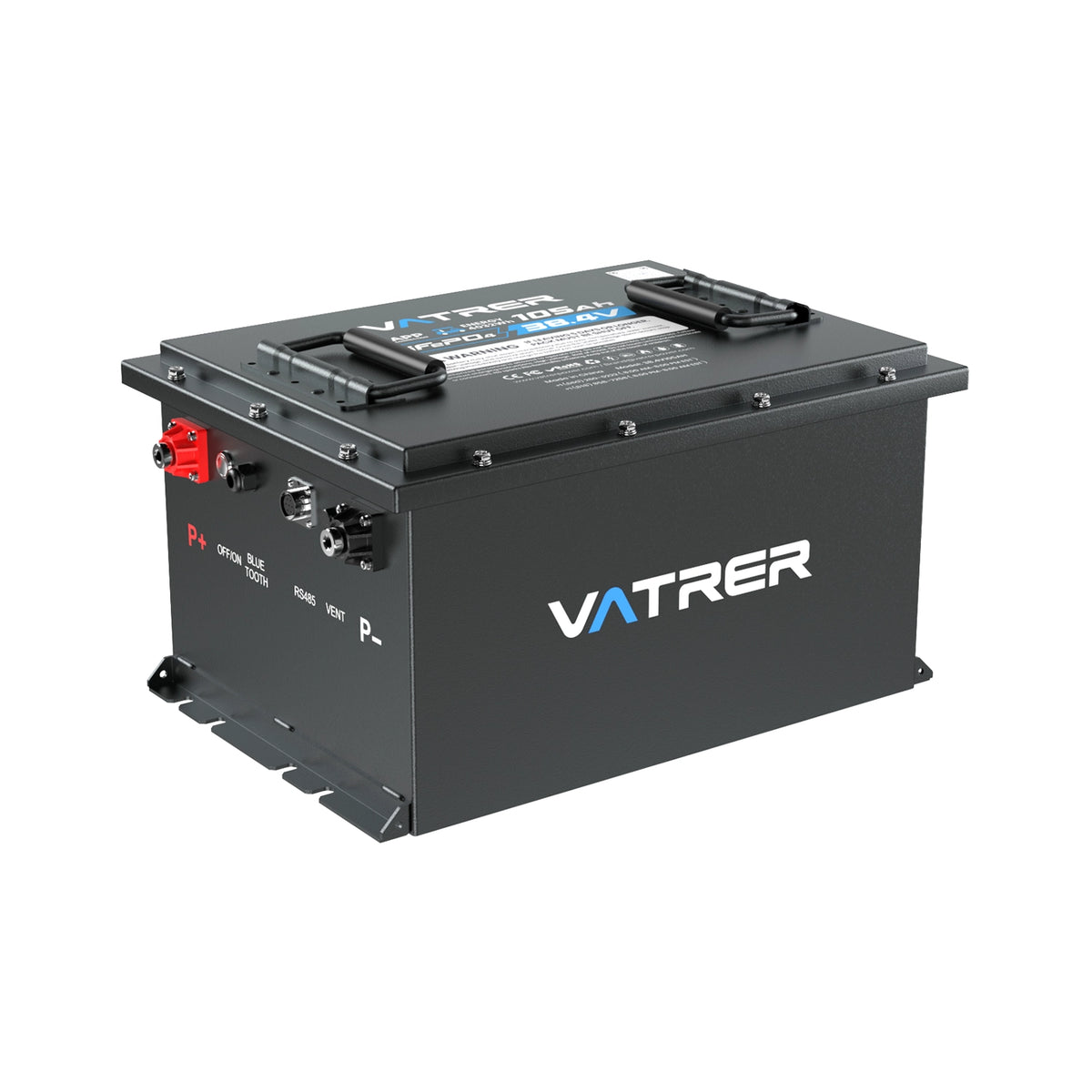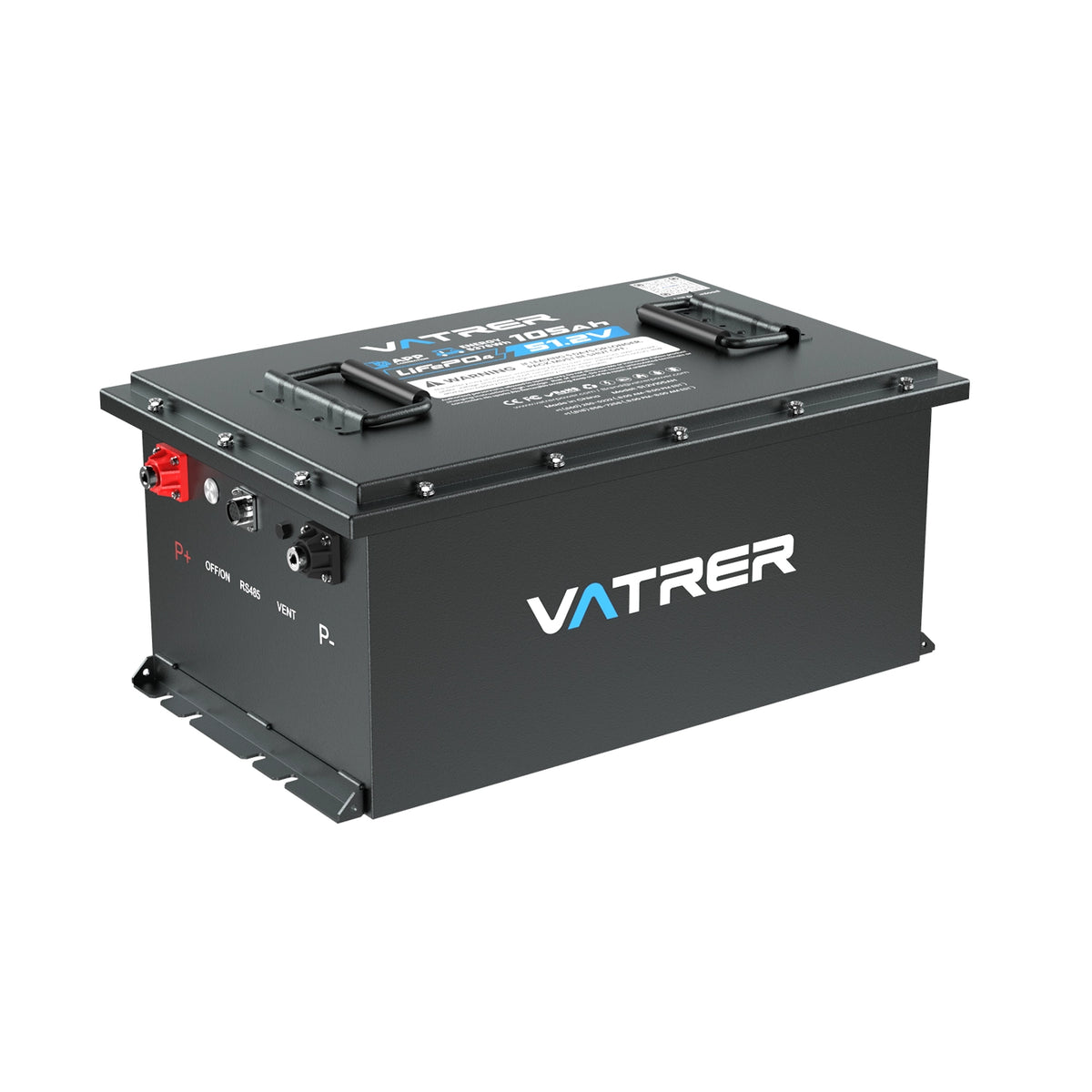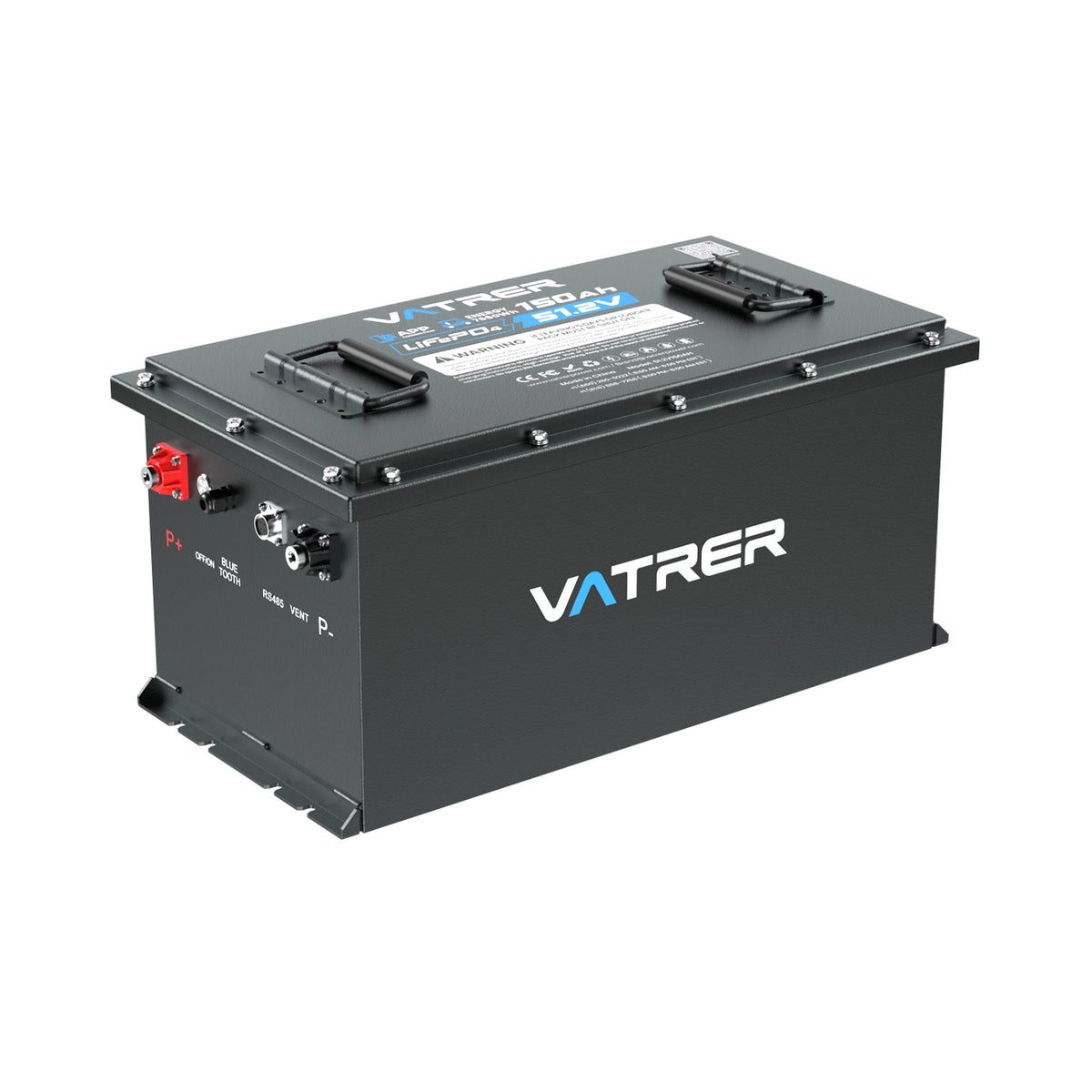1. Introduction
Overview of Lithium Batteries in Marine Applications
Lithium-ion batteries have become increasingly popular in marine applications due to their high energy density, lightweight nature, and long lifespan compared to traditional lead-acid batteries. These characteristics make them particularly appealing for use in boats, where space and weight are often at a premium. As the demand for electric and hybrid propulsion systems grows, lithium batteries are becoming a critical component in modern marine technology.

Importance of Understanding Potential Issues
Despite their advantages, lithium batteries present unique challenges and risks that must be understood and managed effectively. The potential for thermal runaway, fire risks, and environmental concerns are significant issues that can have catastrophic consequences if not properly addressed. Understanding these problems is crucial for ensuring the safety and reliability of lithium battery systems in marine environments.
2. Technical Background
Structure and Chemistry of Lithium-Ion Batteries
Lithium-ion batteries consist of multiple cells, each containing a positive electrode (cathode), a negative electrode (anode), and an electrolyte that facilitates the movement of lithium ions between the electrodes. The chemistry of these batteries varies, with common types including lithium cobalt oxide, lithium iron phosphate, and lithium manganese oxide. Each chemistry has its own set of characteristics, influencing factors such as energy density, safety, and cost.
Common Types Used in Boats
In marine applications, lithium iron phosphate (LiFePO4) batteries are often preferred due to their enhanced safety profile and thermal stability compared to other lithium-ion chemistries. However, other types, such as lithium nickel manganese cobalt oxide (NMC), are also used for their higher energy density, despite having a higher risk of thermal runaway.
3. Main Problems with Lithium Batteries in Boats
Thermal Runaway
Explanation of Thermal Runaway
Thermal runaway is a critical safety issue associated with lithium-ion batteries. It occurs when a cell becomes overheated, leading to a self-sustaining reaction that further increases the temperature. This can result in the release of flammable gases and, ultimately, a fire or explosion.
Causes and Consequences
Thermal runaway can be triggered by overcharging, physical damage, or exposure to high temperatures. Once initiated, it is challenging to stop and can lead to the failure of adjacent cells, creating a chain reaction. In a marine environment, this can be particularly dangerous due to the confined spaces and potential for rapid fire spread.
Fire Risks
Flammability of Battery Chemistry
The chemistry of lithium-ion batteries is inherently flammable. When a battery cell casing is damaged, the electrolyte can ignite, leading to a fire. The risk is exacerbated by the presence of oxygen and other flammable materials on board a vessel.
Case Studies of Fires on Boats
There have been numerous incidents of lithium battery fires on boats, often resulting from improper installation, charging errors, or physical damage. These fires can be devastating, leading to the loss of the vessel and posing significant risks to human life.
Environmental and Safety Concerns
Impact of Saltwater Exposure
Exposure to saltwater can severely damage lithium-ion batteries, leading to corrosion and increased risk of short circuits. This can initiate thermal runaway or cause the battery to fail prematurely.
Recycling and Disposal Challenges
Lithium batteries pose environmental challenges due to the difficulty of recycling and disposal. The toxic materials used in their construction require specialized handling to prevent environmental contamination.
4. Economic Considerations
Initial Cost vs. Long-Term Savings
Lithium batteries have a higher initial cost compared to traditional batteries. However, their longer lifespan and higher efficiency can result in long-term savings. The economic viability depends on the specific application and usage patterns.
Cost of Safety Measures and Maintenance
Implementing safety measures, such as advanced battery management systems and proper installation, can add to the overall cost. Regular maintenance is also necessary to ensure the longevity and safety of the battery system.
5. Mitigation Strategies
Proper Installation and Maintenance
Ensuring that lithium batteries are installed correctly and maintained regularly is crucial for minimizing risks. This includes using appropriate charging systems, monitoring battery health, and protecting the battery from physical damage and environmental exposure.
Advances in Battery Technology
Ongoing research and development are leading to safer and more efficient lithium battery technologies. Innovations such as solid-state batteries and improved battery management systems hold promise for reducing the risks associated with lithium batteries in marine applications.
Regulatory and Safety Guidelines
Adhering to regulatory standards and safety guidelines is essential for the safe use of lithium batteries on boats. These guidelines provide best practices for installation, operation, and emergency response.
6. Conclusion
Summary of Key Points
Lithium batteries offer significant advantages for marine applications but come with inherent risks that must be managed. Thermal runaway, fire risks, and environmental concerns are the primary issues associated with their use on boats. Understanding these problems and implementing appropriate mitigation strategies is essential for ensuring safety and reliability.
Future Outlook for Lithium Batteries in Marine Applications
The future of lithium batteries in marine applications is promising, with ongoing advancements in technology and safety measures. As the industry continues to evolve, it is likely that lithium batteries will play an increasingly important role in the transition to more sustainable and efficient marine propulsion systems. However, continued vigilance and adherence to safety standards will be necessary to fully realize their potential benefits.








